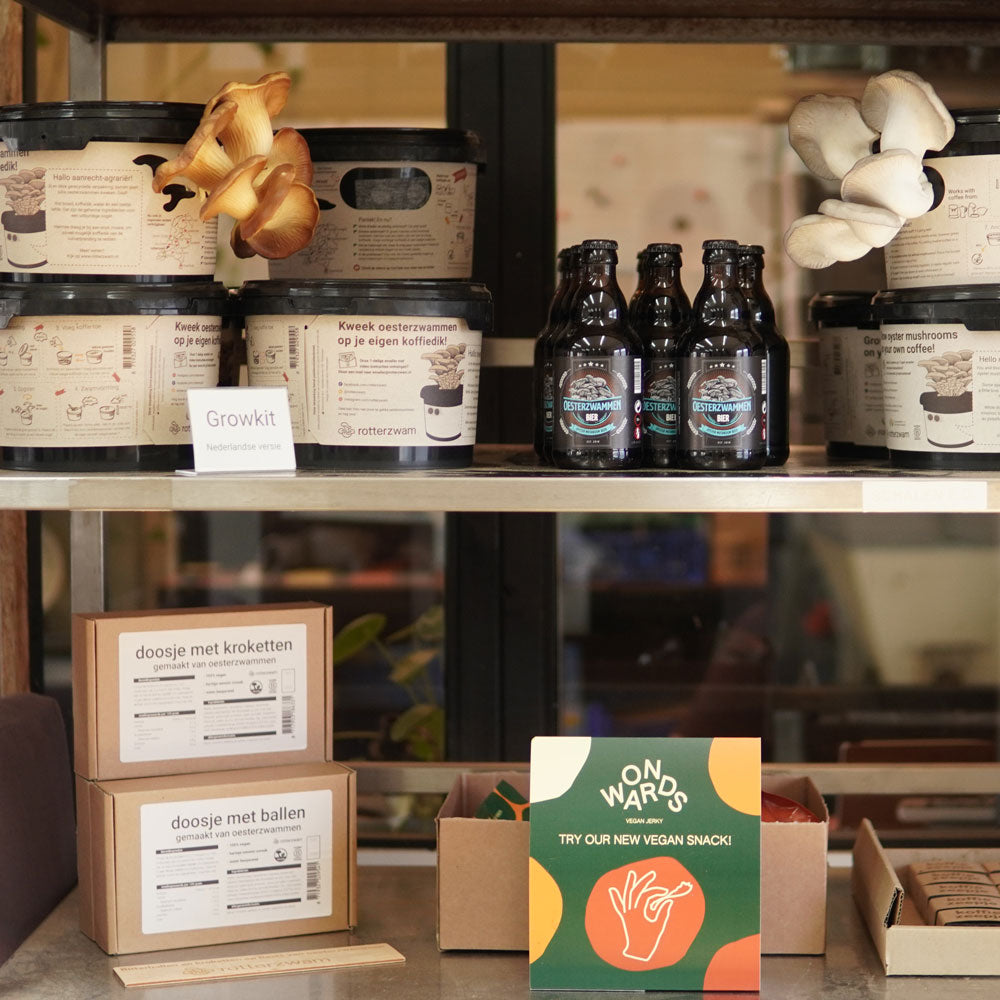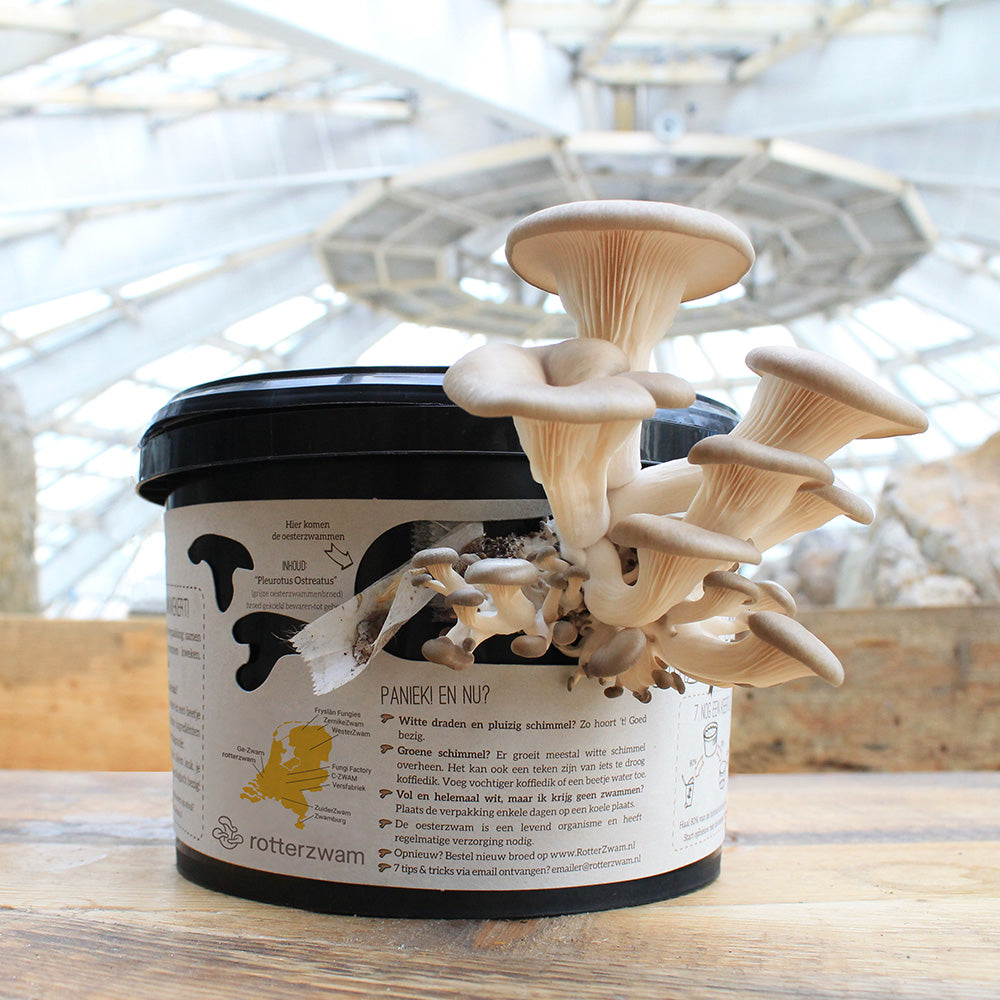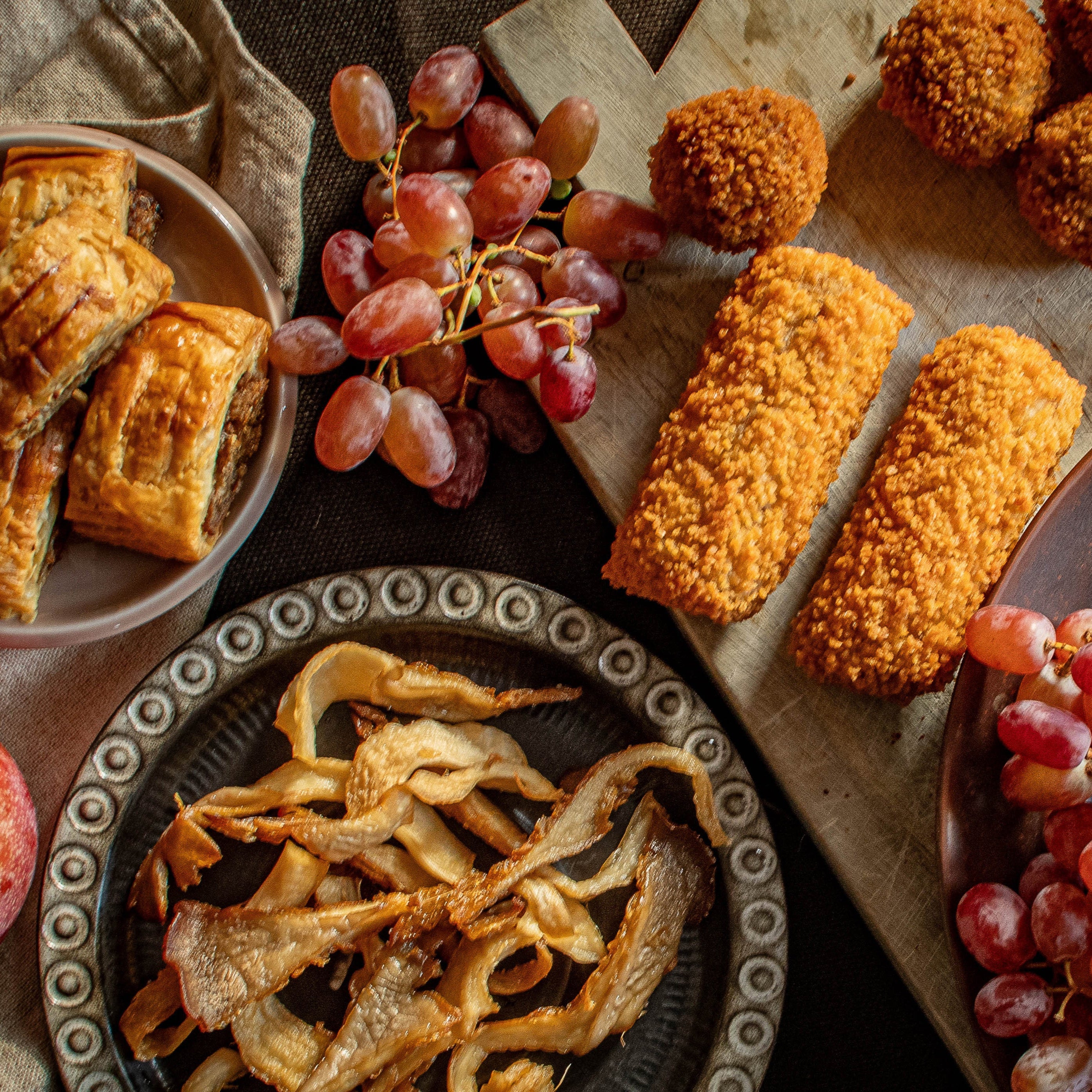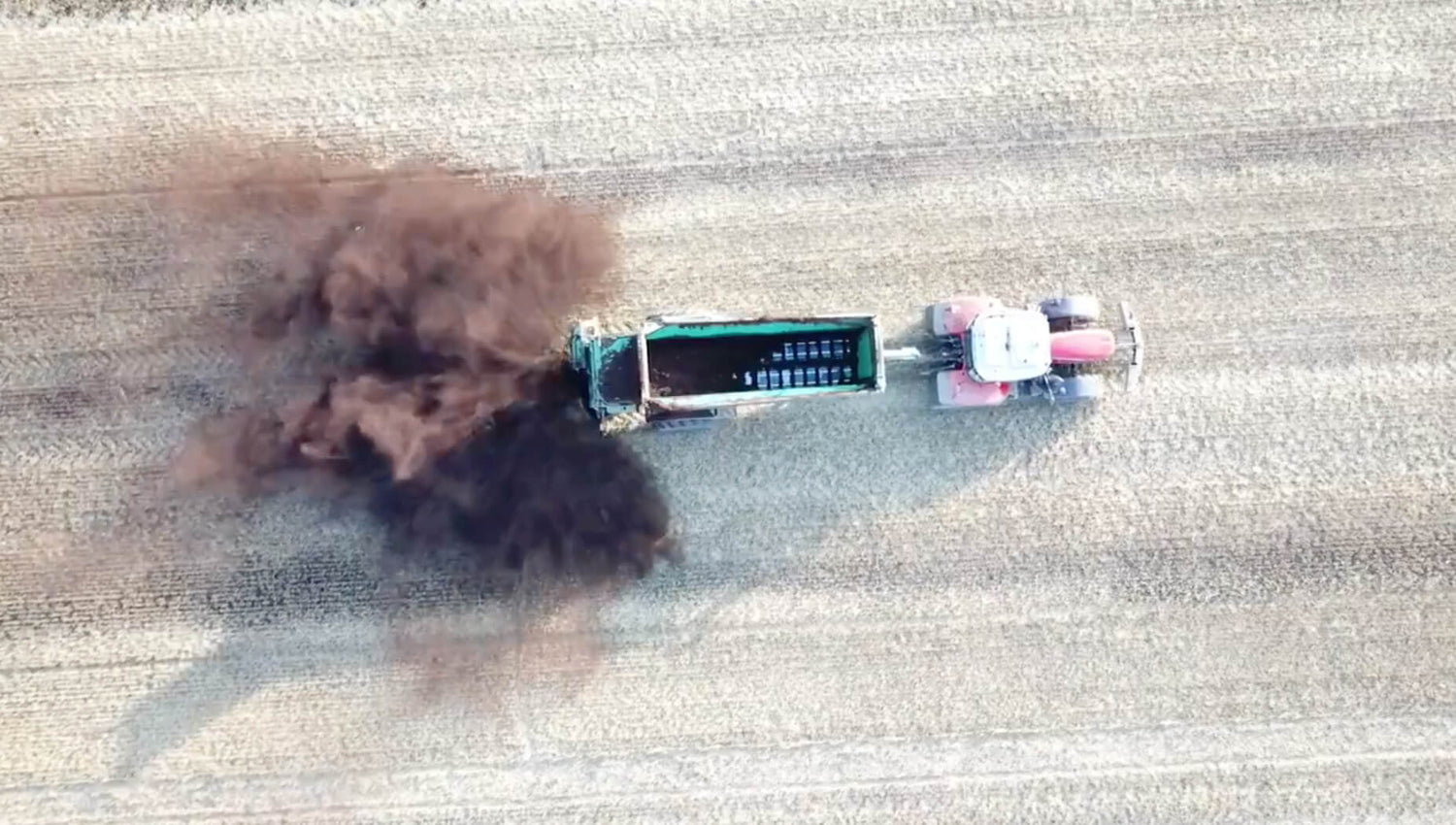This blog series is about our "Back to the Soil" project, in which we investigate whether several organic waste streams can be used as soil improvers in arable farming and how this can be legally made possible. In this first blog post, you can read about the topics covered in this series. Below, you'll find an overview of all the blog posts in this series.
Since the end of 2018, we have been working on the "Back to the Soil" project. We are investigating whether three residual flows can be used as soil improvers and the legal implications of using these residual flows (whether or not they are applied to the soil). The ultimate goal is to have the three residual flows, if they actually have a positive effect on the soil, qualify as soil improvers.
In this project, we've explored and learned a great deal. In this blog series, we'll take you on our journey through waste legislation and the associated search (also known as "the soap opera"), moldy containers full of substrate, soil surveys, impact measurements, and ultimately, of course, the question: is it a good idea to use the residual flows on the soil?
We begin blog 2 with an overview of the project. What does it entail? What exactly do we do? And who are we collaborating with? Now, you're probably wondering why you'd want to apply organic waste streams to the soil? And what's actually happening to the soil? All these questions will be answered in blog 3, which we're writing in collaboration with our soil experts at the Louis Bolk Institute.
We started the project with a fairly open mind, focusing on collecting the waste streams and conducting research. And guess what? You literally need a permit, exemption, or exception for everything. You can read about our quest from pillar to post and back again in the fourth blog post , "The Soap Opera." Small spoiler: we succeeded!
So, using organic waste streams to increase soil organic matter seems like a good idea, and we've learned a little more about the legal aspects through trial and error. We'd like to save you the trouble and share our insights. We'll start in blog 5 with a general introduction to waste legislation. In blog 6, we'll look at when waste streams are permitted to be used, using the "waste or product" flowchart. If you think you're dealing with a product, it's obviously a good idea to check with your local environmental agency to see if they agree with your company. You'll also find out how to do that in this blog.
Unfortunately, the above doesn't apply to the use of residual flows on the soil. For this, you'll need to consult (among other things) fertilizer legislation. In blog 7, we'll also look at the legal aspects of using residual flows on the soil.
In blog 8 , after all that wandering, we finally get around to our research. What exactly are we investigating, and how are we approaching it? Since the results are still a while away, a few more updates will follow in the next few blogs . Is the crop growing? Do the onions taste like coffee? And what are we working on in the meantime? You can read all about it in the updates.
Finally, we arrive at the results: is it good for the soil or not? In blog 12, we'll examine the results so far, how we can interpret them, and what questions the results still raise. We'll do this again in collaboration with experts from the Louis Bolk Institute.
In collaboration with Ecochain, we'll also examine the impact of using organic waste streams on the soil in blog 13. We'll compare different scenarios and examine where the most CO2 is emitted or captured.
Finally, in blog 14, we conclude the series with an overview of what we've learned and achieved, and what our next steps are. We're not stopping at this research, of course; we're also working to legalize the use of organic waste streams on soil. You can read how we're doing that in our final blog.
If you have any further questions after reading this series, please feel free to contact us at jente@rotterzwam.nl. Before November 1, 2021, we will also present our results and findings in several reports, produce a short documentary about the project, and organize another webinar.
Want to know more? This series consists of 11 blogs in which we tell you all about the project. Click and read more:
- Intro: Back to the Soil blog series
- Back to the Bottom: The Plan
- Residual flows on the soil: why?
- From plan to experiment: the legal waste stream soap
- Waste legislation: what is waste?
- Organic waste flows on the soil: what are the legal implications?
- Update 1: Pot trials, waste stream collection & spreading
- Update 2: Back to the bottom
- Residual flows on the soil: the research results
- Residual flows on the soil: the impact
- Residual flows on the soil: the next steps







Leave a comment
All comments are moderated before being published.
This site is protected by hCaptcha and the hCaptcha Privacy Policy and Terms of Service apply.